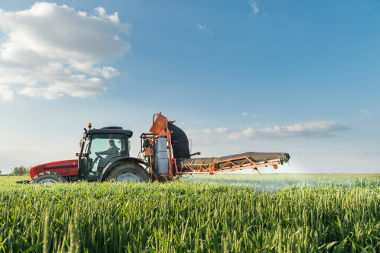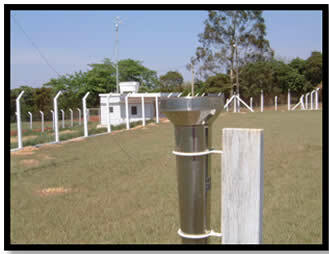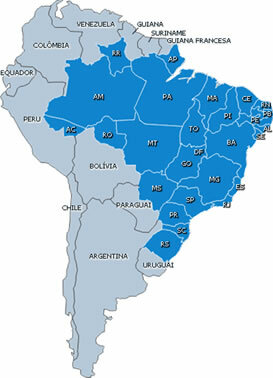Phenomenon where the duration of the day is identical to that of the night and the Northern and Southern hemispheres receive the same amount of light, the equinox – from Latin, aequus (equal) + nox (night) = equal nights – only occurs twice a year, usually on March 21st and September 23rd.
The difference in the distribution of the sun's rays between the two hemispheres is a consequence of an inclination of approximately 23°27’ of the rotation axis of the Earth (movement that the Earth performs around its own axis) with respect to the axis of translation (movement that the Earth performs around the Sun). Thus, in a period of the year, sunlight will focus with greater intensity on one of the hemispheres, alternating in another part of the year, according to the movement of the planet.
Do not stop now... There's more after the advertising ;)
However, on two days of the year, the Earth is located at points where the sun's rays fall perpendicular to the Equator line, providing the same light distribution for the two hemispheres, characterizing the equinox. Days and nights are of equal length (12 hours), as the plane of the Earth's orbit around the Sun crosses the celestial equator.
The equinoxes define the changing seasons of the year: on March 21, spring begins in the Northern Hemisphere and autumn in the Southern Hemisphere; on September 23, the opposite occurs – autumn in the Northern Hemisphere and spring in the Southern Hemisphere.
By Wagner de Cerqueira and Francisco
Graduated in Geography
Would you like to reference this text in a school or academic work? Look:
FRANCISCO, Wagner de Cerqueira e. "Equinox"; Brazil School. Available in: https://brasilescola.uol.com.br/geografia/equinocio.htm. Accessed on June 27, 2021.



